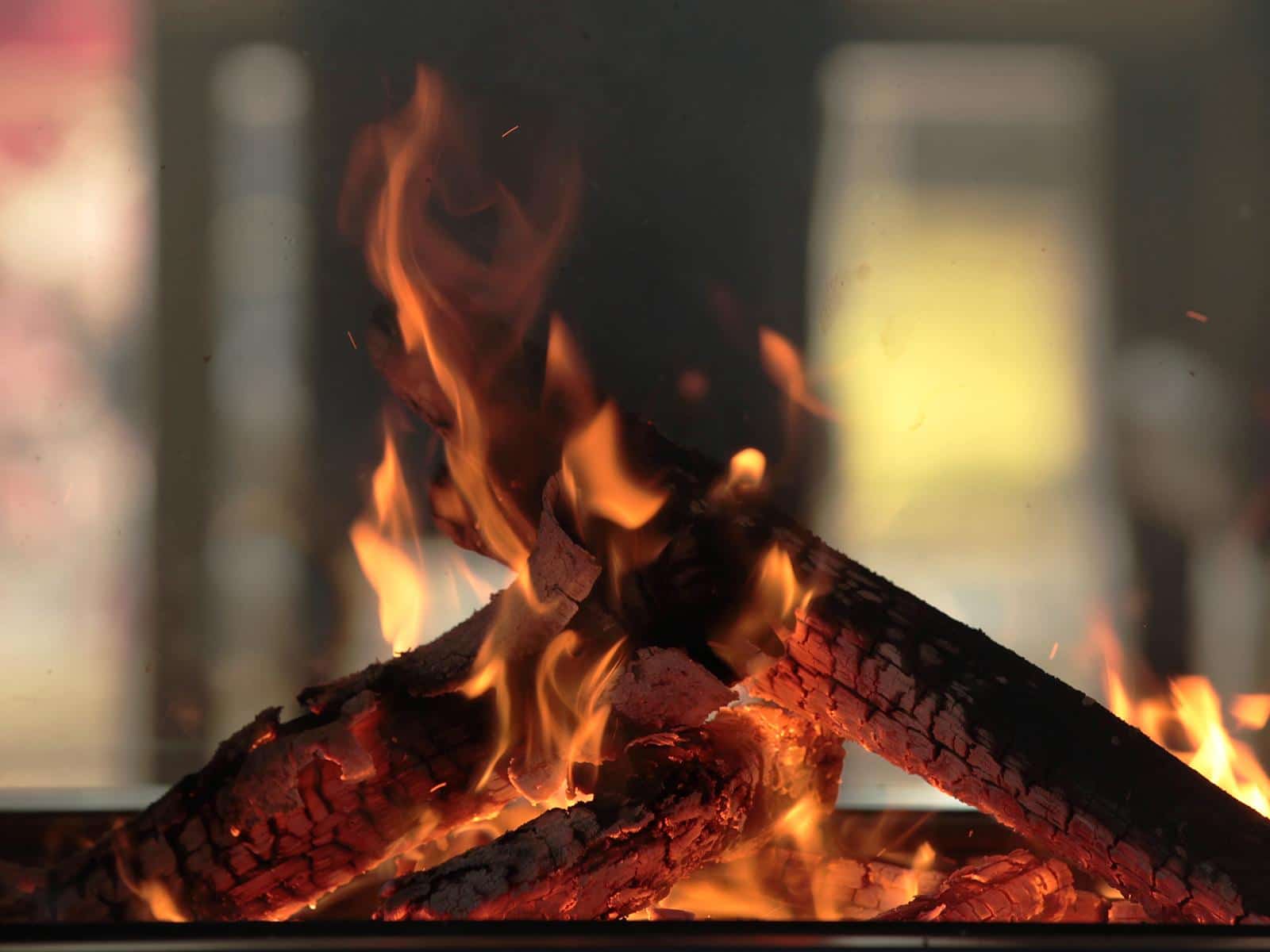

by Stûv America


What is the EPA standard and do I need to comply with it?
In the 1990s, wood-burning appliances on the market emitted a huge amount of fine particles per hour. In 2004, the U.S. Environmental Protection Agency (EPA) deemed it necessary to regulate the wood-burning stove and fireplace industry by requiring all manufacturers to reduce their appliances’ fine particle emissions to 7.5 grams per hour. In 2009, the standard became stricter, allowing only 4.5 grams per hour and in 2018, Montréal passed a by-law to reduce such emissions to 2.5 grams per hour. On May 15, 2020, a provincial law will require that any new wood-burning appliance installed be either a decorative fireplace or an EPA-certified appliance that emits less than 2.5 grams of fine particles per hour.
What are fine particles?
Fine particles are microscopic specks of dust that are released into the atmosphere when wood burns. When there is a large quantity of such particles, they form smoke.

What is the difference between a new EPA-certified appliance and an old uncertified appliance?
Old uncertified wood-burning appliances can emit between 70 to 100 grams of fine particles per hour. An appliance with a fine particle emission rate of 7.5 grams per hour does not emit visible smoke or odour. When an appliance emits between 2.5 and 7.5 grams per hour, the reduction of emissions is not detectable by humans and can only be calculated in a laboratory. The difference between the previous generation of wood-burning appliances and new models is 96% fewer fine particles released into the atmosphere per hour!
What are the characteristics of a non-EPA-certified appliance and can I install one?
Appliances that have more than 500 square inches of glass and do not have an air vent to slow their combustion time are considered decorative fireplaces. “Decorative” because they are only used on occasion, since they burn too hot and quick to act as supplementary heating. For these reasons, the EPA standard does not apply to decorative fireplaces. Most cities in Quebec permit their installation and use.
The facts: true or false
It is no longer permitted to install wood-burning stoves or fireplaces in Montréal. —False. The city does not permit the installation of decorative fireplaces, but allows EPA-certified appliances if their fine particle emission rate is less than 2.5 grams per hour.
Decorative fireplaces pollute. —False. The wood-burning appliances that pollute the most are those that are more than 20 years old. However, decorative fireplaces are forbidden in some municipalities, including Montréal.

There are no wood-burning appliances on the market that emit less than 2.5 grams of fine particles per hour and also have a sleek design and offer a phenomenal view of the fire. —False! Discover Stûv EPA-certified wood-burning stoves and fireplaces. Stûv creates products that meet a need, beautify living spaces and adapt to all design styles.
We appreciate your confidence in our company and our products. It is our pleasure to forward your catalog to you.
Stay connected with us: